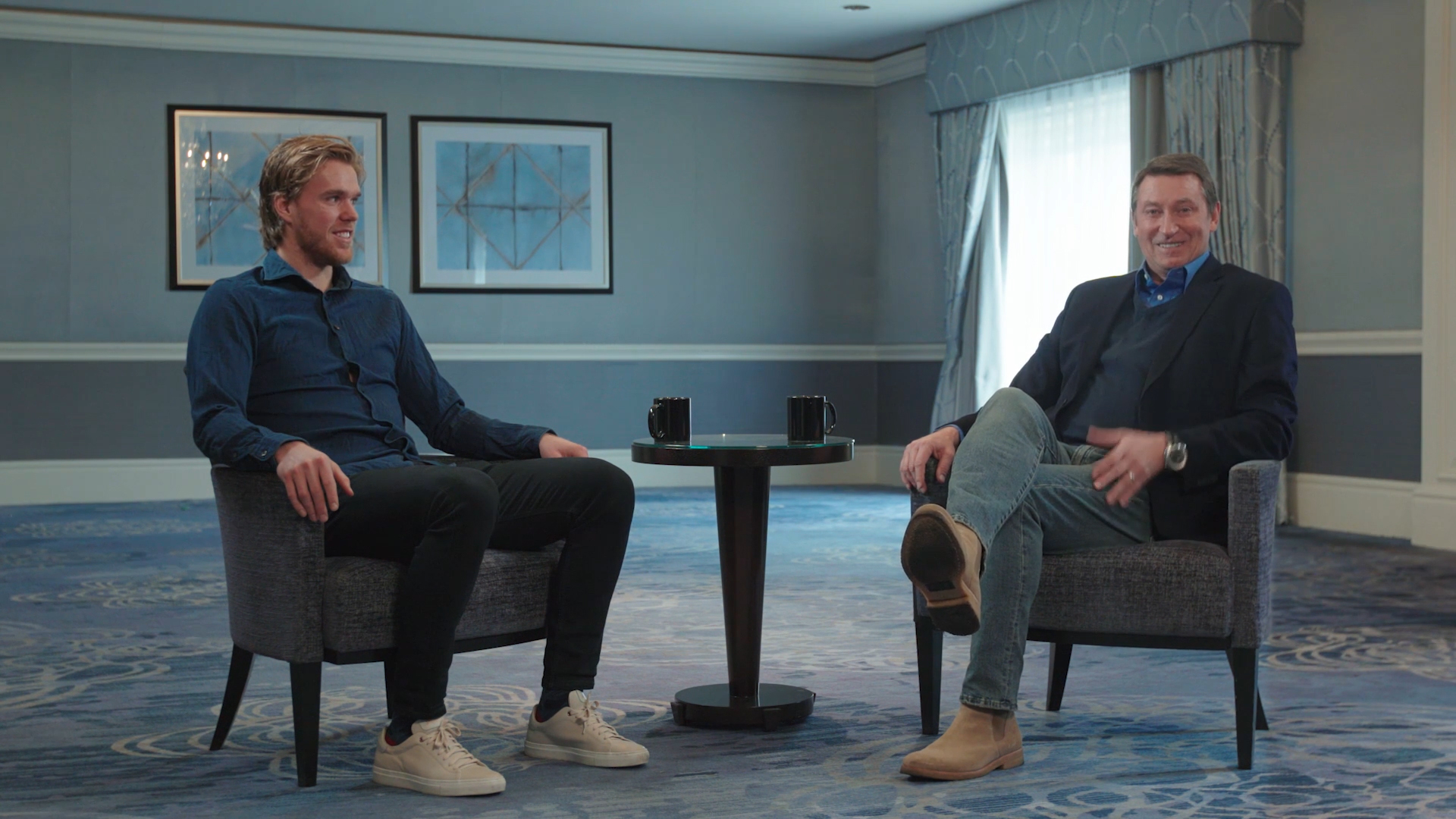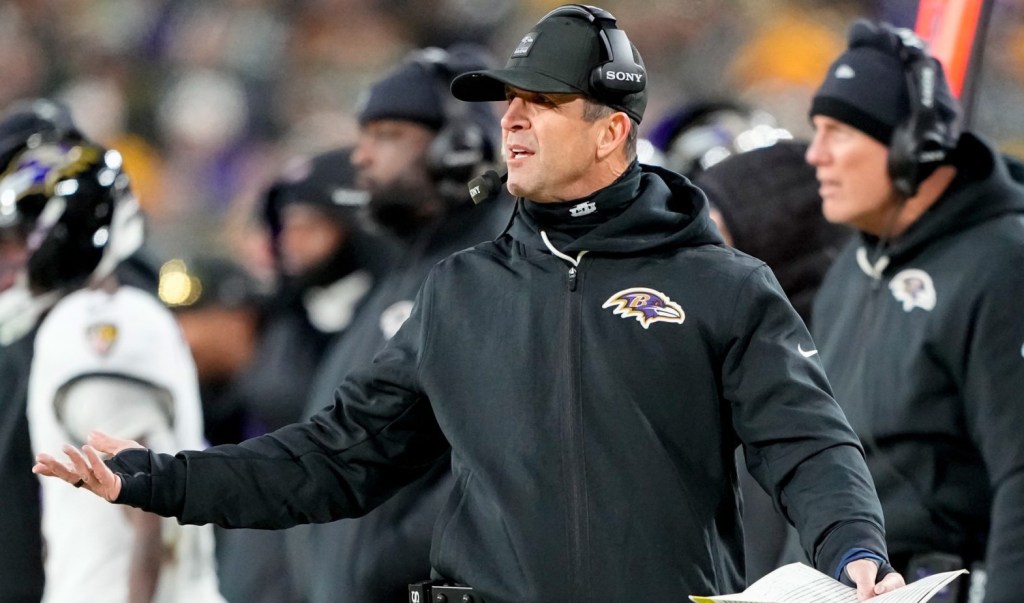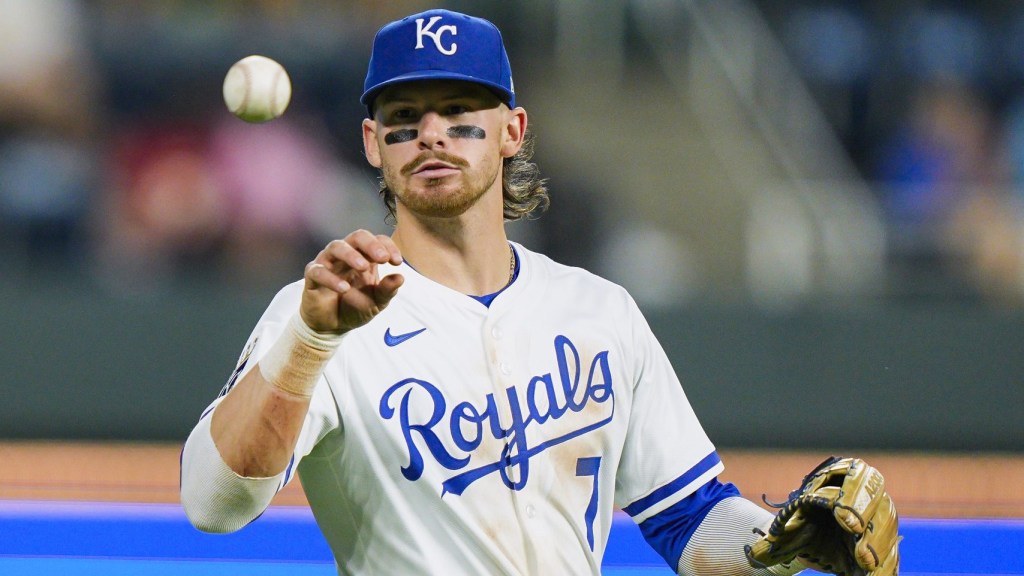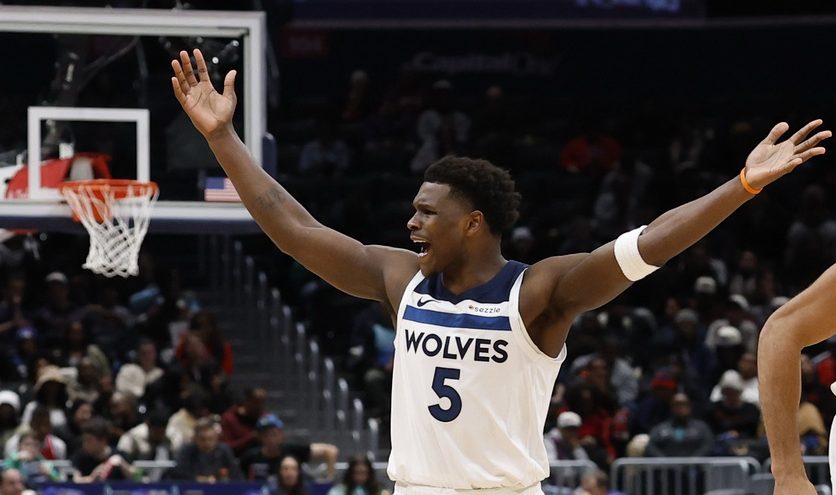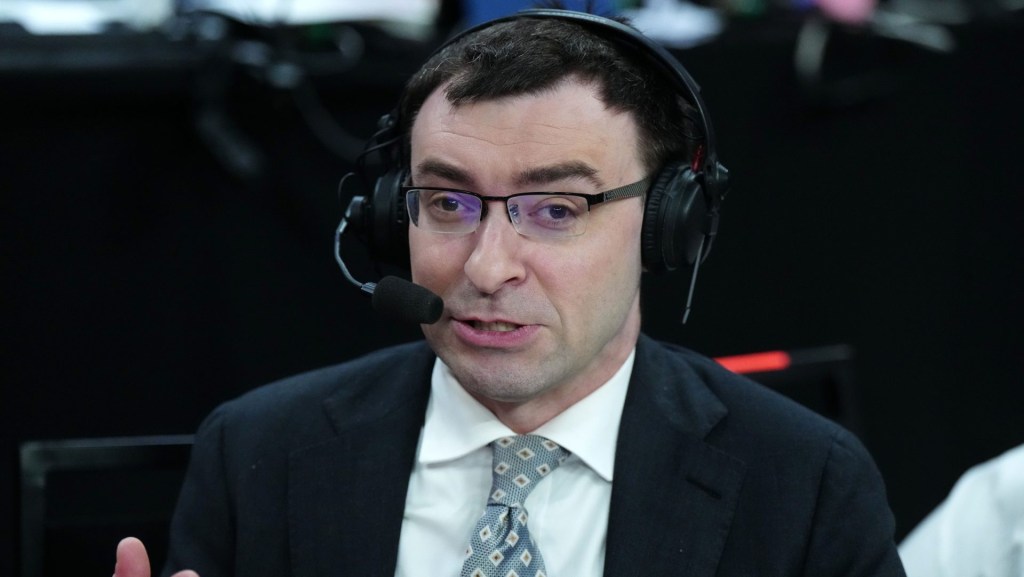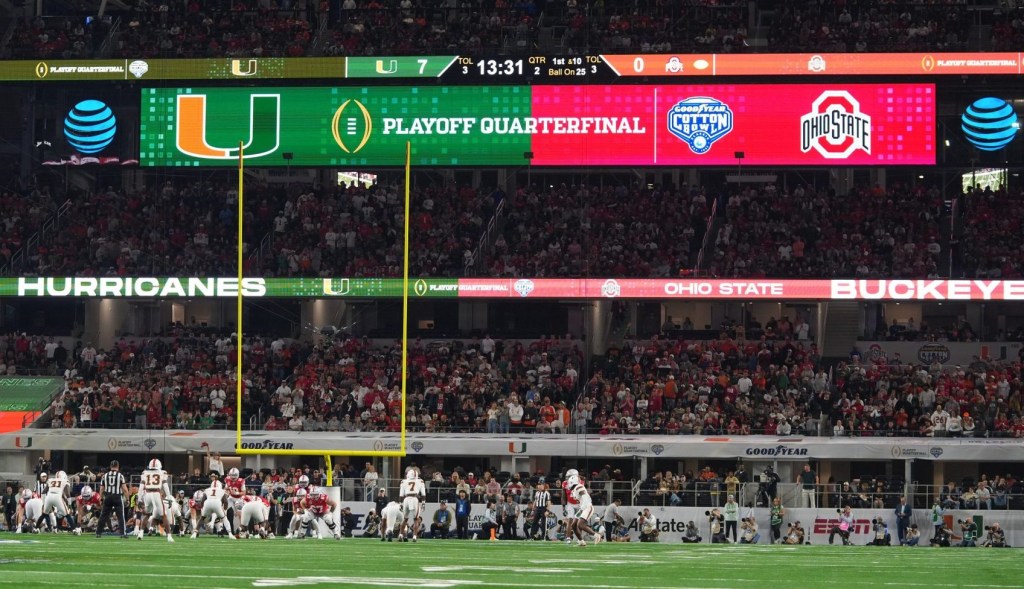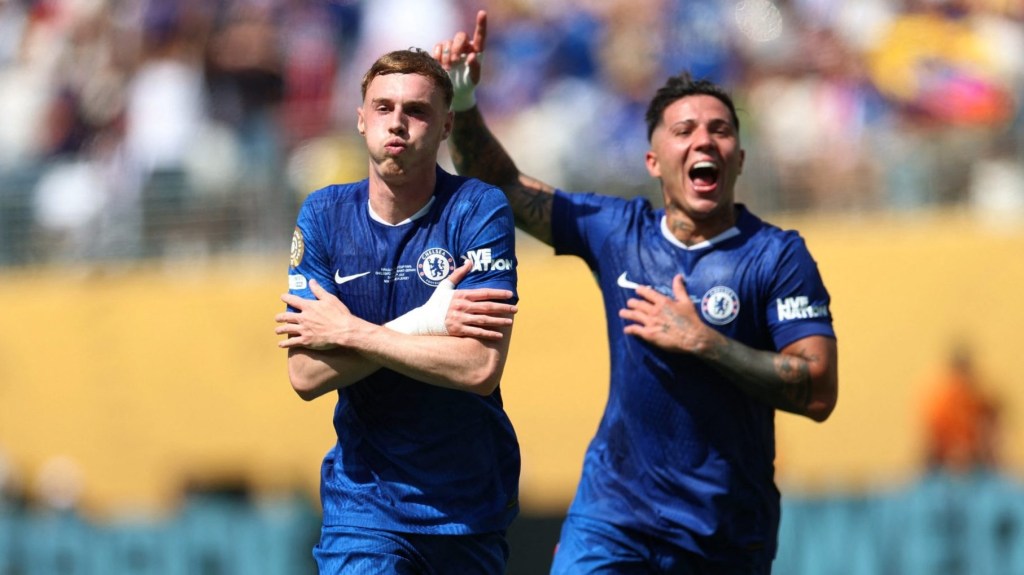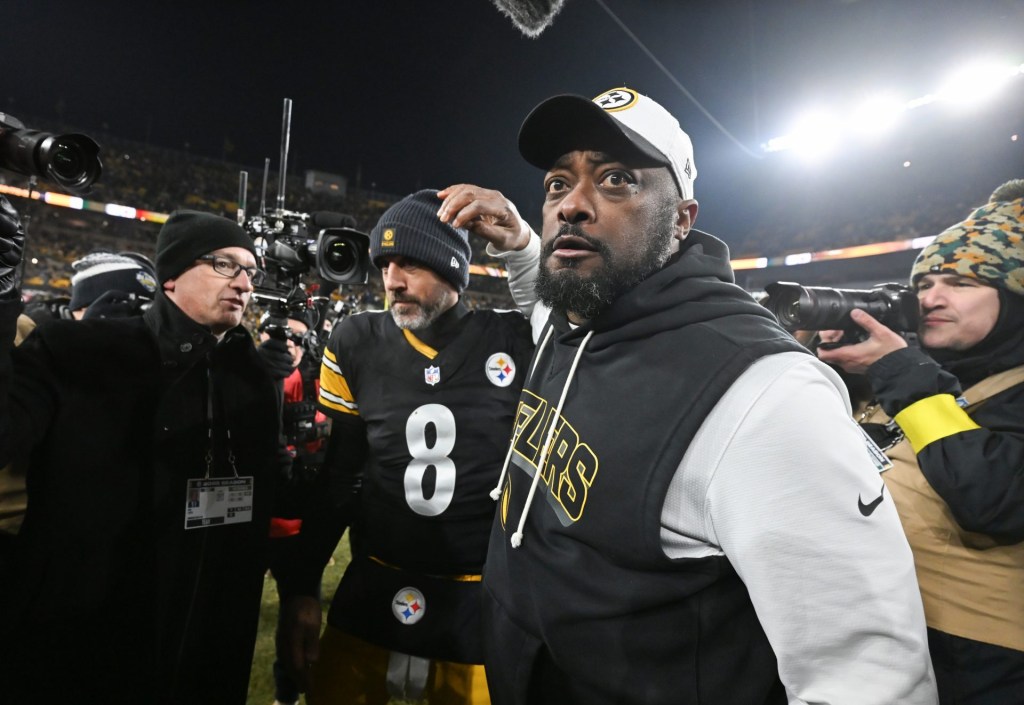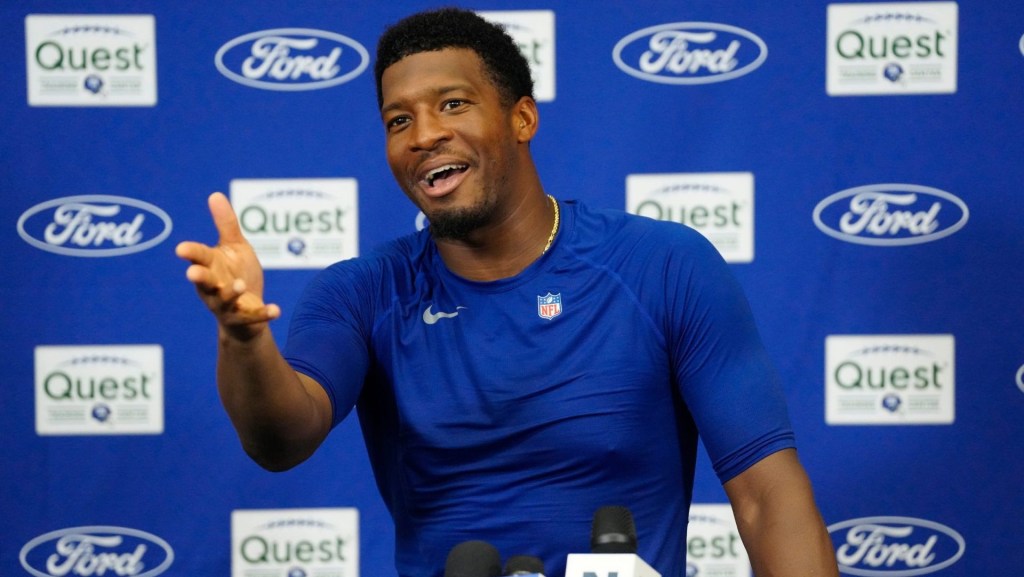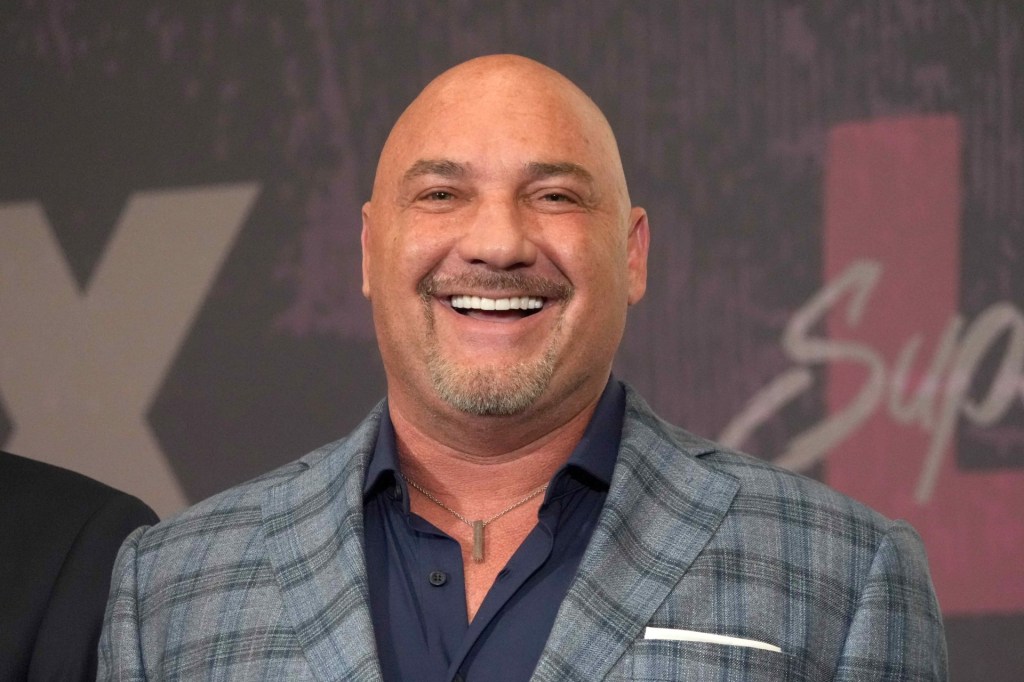GQ Sports, a YouTube channel launched by GQ in September 2019 that provides an inside look into the lifestyle of the world’s premier athletes, has helped the long-standing men’s magazine break deeper into the sports industry.
The effort has focused on bringing readers and viewers directly to the players themselves. Its video series, “One-on-One,” has seen athletes like Dwyane Wade and RJ Barrett interview celebrities like Rick Ross and Spike Lee, respectively.
The most recent episode featured Edmonton Oilers star Connor McDavid and hockey great Wayne Gretzky discussing everything from life as an Oiler to some of their biggest regrets.
After being released on April 2, the McDavid-Gretzky video has garnered more than 333,330 views on GQ Sports’ YouTube page, which has built a following of more than 347,000 subscribers.
“Given the stature that Wayne has overall, and with Connor being that transcendent star, we thought it’d be a great conversation putting a legend with an upcoming legend,” Reggie Williams, senior vice president of programming at Condé Nast Entertainment, said. GQ is owned by parent company Condé Nast.
The value of having NHL athletes appear on a GQ-owned platform like this has been beneficial for the league, according to NHL Chief Marketing Officer Heidi Browning.
“Every one of our players has grown up taking the advice of GQ and following athletes they feature there,” she said. “By specializing in sports, I think they give us a whole new opportunity – and themselves a whole new opportunity – to create a differentiated franchise that gets into the details of what people want to know about all athletes.”
In recent months, several NHL players have featured in GQ Sports-related features. Auston Matthews, another one of the league’s young talents, appeared on GQ Sports’ “Breakdown” series to discuss some of his favorite hockey scenes in movies. Nashville Predators defenseman P.K. Subban has appeared in both GQ Sports’ “10 Things” and “40 Questions” content series. Dallas Star center Tyler Seguin also came on as a guest of “Tattoo Tour” to reveal the meaning behind his numerous tattoos.
Browning also commended how the print publication’s digital investments have benefited both itself and the league.
“Shifting away from a pure magazine to digital opens up a lot of new viewership and new ways to connect with people who may or may not be hockey fans, but now might be more interested after seeing [GQ Sports] content around one of our athletes,” she added.
GQ Sports has branched out into other sports as well, with New York Giants lineman Will Hernandez recently breaking down how he spent his first $1 million in the NFL. Unlike past shoots, Williams says that newer videos have come from GQ Sports adjusting their production routine.
Williams said GQ Sports is also working with the NBA and NFL to form partnerships with their respective players. That will open the door to new formats that speak directly to those athletes and their unique voices.
READ MORE: St. Louis Blues Bring Cup Run To YouTube While Awaiting More Games
“Our first step was to take a step back and see which of those we could translate into a remote shooting situation because obviously everyone is taking the need to self-quarantine very seriously,” he said. “We understand the talent we work with and that the athletes need to do so too.”
After he began working from home, Williams realized that the production value was going to be lowered. With no professional cameras or crews, he and his team began working with talent on how to shoot content.
Numerous GQ Sports directors would reach out directly to the athletes and educate them on skills like lighting and camera angles. Williams admits that staff has taken a hands-on approach to work with the talent, but that it has had no impact on either their relationship with them – or the final product.
Now into mid-April, Williams looks back fondly at March for GQ Sports, which was, according to him, “a record month,” even without sports. Highlighted by the McDavid-Gretzky episode, GQ Sports saw more than 283,300 engagements – likes, comments, and shares – 13.8 million views, and 69.5 million minutes watched by its viewers.
Since its inception, GQ Sports has added more than 349,000 subscribers and generated more than 22 million and 100 million engagements and views, respectively. It has also owned six of the top 10 most-viewed sports originals videos on YouTube.
READ MORE: #StayAtHomeChallenge Revamps Tommy Thompson’s YouTube Interests
Williams is also going to pursue new ways of shooting and producing. Working with athletes remotely has shown him how valuable it can be for GQ Sports.
“Athletes have been incredibly willing to work with us, and it’s turned out a product that’s looked surprisingly great, and the storytelling is just as great as it’s ever been,” he said. “In fact, a lot of times it turns out to be more authentic and intimate because athletes are in their homes, they feel more comfortable and they share things with us beyond what they would in a studio environment.”
(This story has been corrected to show that Reggie Williams is senior vice president of programming at Condé Nast Entertainment, not Condé Nast International. GQ is owned by Condé Nast.)
